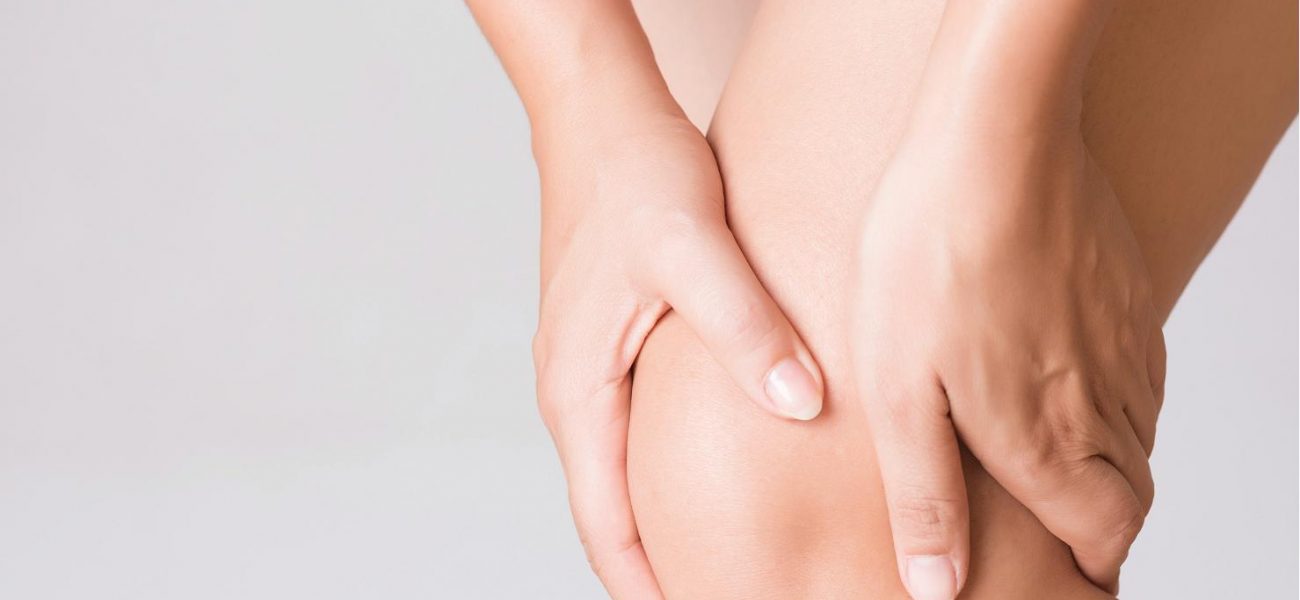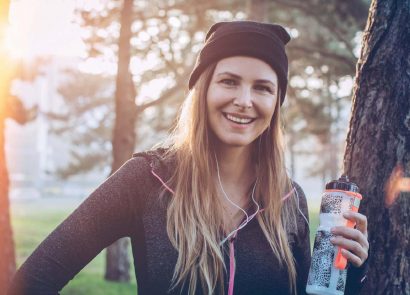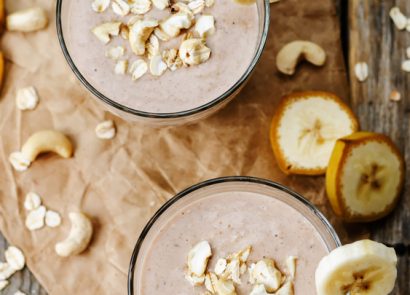Did you run for the bus today? Crouch down to pet a dog, or climb the stairs? These movements are facilitated by your – here’s how you can keep them in top condition
An unsung hero of the body, we only think about our joints when we hear them popping as we attempt a downward dog or creaking as we get up from a chair. But our joints are responsible for a lot more. Not only do they keep our body flexible but they keep our bones (wait for it) joined together. Your knees and elbows open and close like a hinge, whereas your shoulder and hip joints allow for backward, forward, sideways, and rotating movements. Our joints and bone health should be a priority at all ages, but more so as we head into midlife as our bone mass starts to decrease with age, according to the Therapeutic Advances in Musculoskeletal Disease Journal, which also reveals that bones deterioration, it can predispose us to osteoporosis. Here, we find out how to keep them as healthy as possible.
Made from minerals
Do you remember being given milk in the playground? We’ve all got memories of drinking a carton with the promise it would make us ‘big and strong’, but milk isn’t the only calcium-rich source out there. “Calcium can be found in milk, cheese, sardines, tofu and yoghurt,” says GP, Dr Paul Stillman. “The NRV (Nutrient Reference Value) for calcium is 800mg, so half a pint of milk, a 150g pot of yoghurt, a 70g can of sardines or 60g tofu all contain around 300-350mg calcium. 100g of spinach contains about 150mg, 100g of broccoli about 40mg, a tablespoon of sesame seeds 140mg and 20 almonds 50mg.” But as Dr Stillman explains, calcium isn’t the only bone-friendly nutrient that we need to be banking. “It’s important to ensure your diet has enough magnesium, which is found in cashews; green vegetables; milk and sunflower seeds and zinc, found in fortified cereals; nuts; oysters; poultry; red meat. Copper is also important and is found in beans; liver; nuts; shellfish and wholegrains.”
Food for thought
Following an anti-inflammatory diet involves giving some foods a wide berth (we’re looking at you, sugar), and it’s thought that by doing so, you can minimise the symptoms of chronic inflammatory conditions, such as arthritis and joint pain. “Various components of food have anti-inflammatory effects,” says Dr Paul. “Many conditions, including cancer, heart disease, diabetes, depression, and Alzheimer’s have been linked to chronic inflammation. To reduce the levels of inflammation in our body, we need to eat healthily. Fruits and vegetables, including berries, apples and leafy greens are high in natural antioxidants and polyphenols, which help to protect us against inflammation. Omega 3 fatty acids found in oily fish such as sardines, mackerel and salmon are also vital, including one portion of oily fish a week. If you’re looking for an eating plan linked with reduced inflammation, consider the Mediterranean diet, which is high in fruits, vegetables, nuts, wholegrains, fish, and healthy oils.”
Supple with supplements
The world of supplements can be a confusing one, so to narrow it down, we looked at the main players. “Our bones are made up of minerals – mainly calcium and phosphorus – with small amounts of magnesium, manganese, sodium and bicarbonate,” says Dr Paul. “Calcium is important at all stages of life, particularly in the first 30 years or so when bone mass is increasing and also after the age of 50, as it starts to decrease. Focus on getting the right levels of calcium and vitamin D (which helps us absorb calcium), as this will help to reduce loss of bone mass. As we rely mainly on sunshine for vitamin D, it can be beneficial to take a supplement in autumn and winter when the days are darker. Low levels of zinc and copper have also been linked with poor bone health and supplementation of these trace minerals might be a good idea, but always consult your GP first.”
Stand straight
Constantly slouching at your desk? A good posture can do more than make you look taller. “Osteoporosis can have a significant impact on postural alignment as you age,” explains Dr Paul. “However, maintaining a good posture can help your bone health. Try to keep your back as flat and as straight as possible, not just sitting or lying down, but walking too. Use your hips, knees and legs to get you up if you’ve been sitting down for long periods of time and utilise extra support where you can, using pillows to provide cushioning for your spine and sitting bones.”
Keep up the momentum
One of the most important steps you can take to keep your joints healthy is to exercise regularly and build muscle. “All movement is good for your joints because it increases your blood flow and exposes the joint to a steady flow of oxygen and nutrients – it also facilitates the circulating of synovial fluid in the joint to help lubrication,” says physiotherapist, William Kenton. “Activities such as swimming or gentle cycling are great for your joints, as is more structured classes such as yoga or Pilates. Exercise builds muscle, ligaments and tendons surrounding the joint that helps to provide support. To keep our joints fit and strong, we should also do strengthening activities on at least two days of the week. This could be exercising with weights, gardening or an exercise class.” And, you’d be surprised what a humble plod around your local park could do for you. “Walking builds strength and flexibility in the joints and can help reduce pain and stiffness.” Want to find some low impact options? Head over to the nhs.uk/live-well/exercise for some other great options and get involved in our #WalkToWellbeing campaign.



















